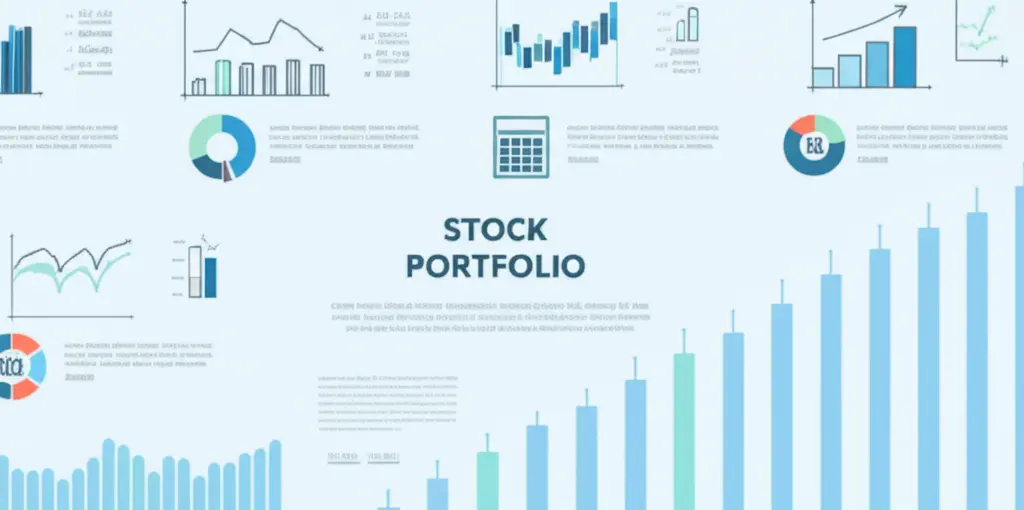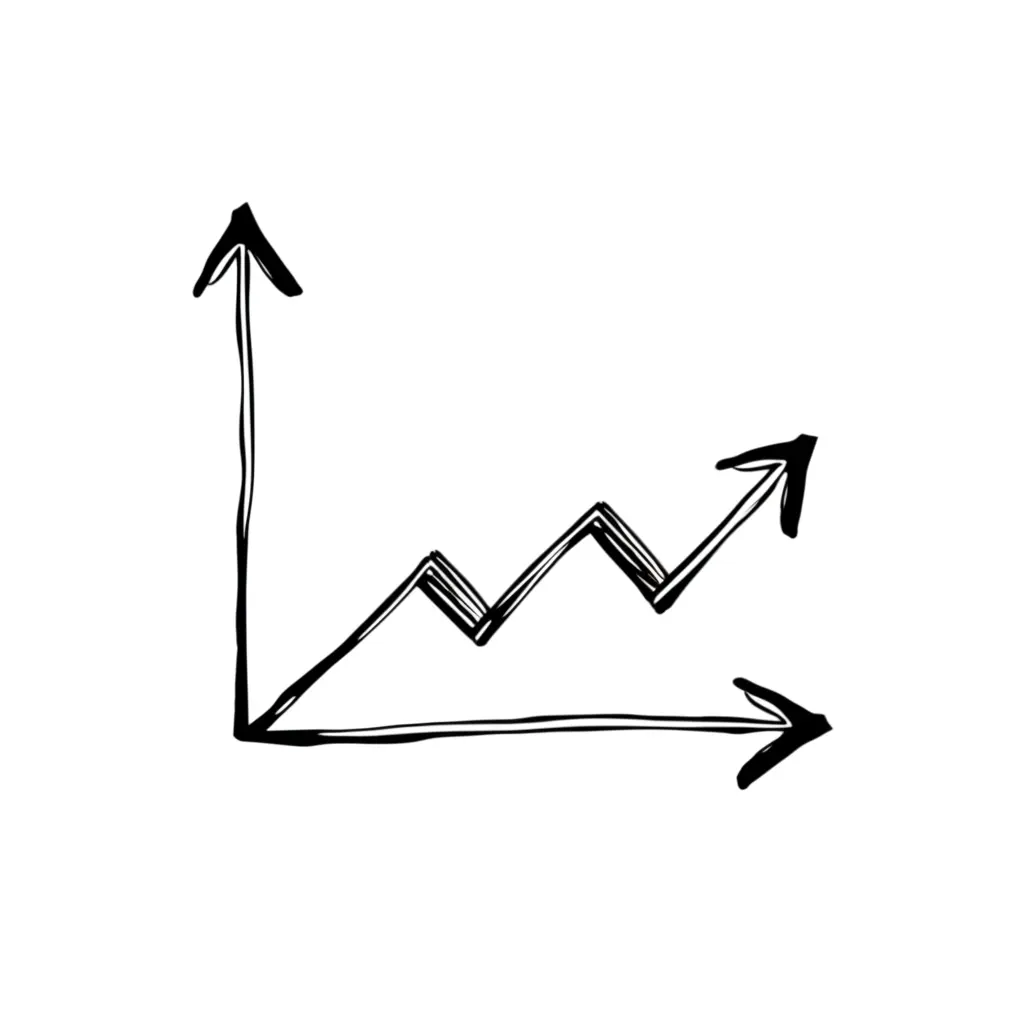Crafting the Perfect Stock Portfolio: A Beginner's Guide
Discover tips to build a stock portfolio with balance, growth, and risk management.

Building a stock portfolio can feel a bit like crafting the perfect playlist: it requires balance, a bit of flair, and a touch of strategy. If you're new to the investing world, you might be overwhelmed by the sheer number of options, but fret not! Let's dive into how you can effectively build a portfolio that you truly own.
What Makes a Balanced Stock Portfolio?
A balanced portfolio is like a well-made soup; it has different ingredients to deliver both taste and nutrition. Similarly, in investing, balance means having a mix of stocks from different sectors and industries. This can help diversify risk and potentially enhance returns.

Industry Diversification
Imagine you've invested only in tech stocks. If the tech sector takes a downturn, your entire portfolio is at risk! By diversifying across industries—like healthcare, energy, and consumer goods—you can buffer against sector-specific volatility.
Growth vs. Value Stocks
Growth and value stocks can be thought of like different musical genres. Growth stocks, like pop music, are exciting and often at the top of the charts with high potential. However, they're also riskier. On the other hand, value stocks are like classic rock—steady and reliable, but maybe not as thrilling. A healthy mix of both can provide dynamic growth with some safety nets.

Understanding Risk Tolerance
Knowing your risk tolerance is like knowing how spicy you like your food. Everyone's level is different, and there's no right or wrong answer. Understanding your personal risk tolerance helps in shaping a portfolio that won't keep you up at night.

Assessing Your Goals
Are you investing for retirement, or is there a shorter-term goal in mind? The timeframe of your investment often dictates the level of risk you should be willing to take. The longer you can afford to leave your money invested, the more risks you might consider taking.
Patience is Key
Much like marinating a steak, good investments take time to reach their full potential. Markets will have their ups and downs, but a diversified, well-thought-out portfolio will usually weather the storms and reward the patient investor.
Crafting a stock portfolio is both art and science, requiring a blend of analysis and personal intuition. By focusing on diversification, understanding your risk tolerance, and holding onto patience, you’re well on your way to becoming a savvy investor. What's your strategy for building a portfolio?




